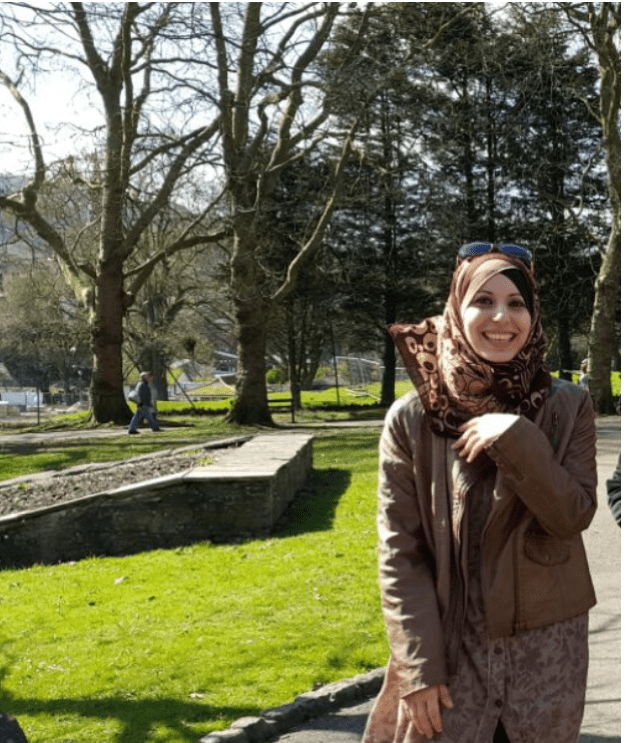Student profile: Safa Al-sachit
20/03/2019
West Coast Resilience Project
A bit about me 
I was born and raised in Iraq with three other siblings. My father is an electrical engineer and his passion for what he is doing had a great impact on me. This made me think seriously about following the same path. Great support from my family and lots of hard work culminated with me getting a BSc degree in electrical engineering with honors. As a result of this success I was awarded a scholarship to finish my master’s degree at Cardiff University in the UK.
My passion for improving the power network led to me passing with distinction and being awarded the Npower Energy challenge award for the best master’s project in Electrical Energy Systems. These fruitful gains led me finally to New Zealand where I got a scholarship from The University of Auckland to finish my Ph.D. in developing a new protection algorithm to improve the reliability of the power system. Between graduating from university and coming to New Zealand, I worked for seven years in the industry and two other years in teaching.
During my first year at The University of Auckland I participated in many conferences as a researcher or as an organizing committee member. The most prominent of these was the industrial conference EEA2018, where I received the best paper award for introducing an innovative method to protect power transmission lines. I was also on the organizing committee for AUPEC 2018, the top conference in power engineering in Australia, South East Asia and New Zealand.
My project
As electricity has become an inseparable part of everyday life, it has become necessary to highlight the importance of improving the performance of New Zealand’s power grid. Natural disasters such as earthquakes and hurricanes have severely impacted our electricity supply in recent years. These power outages can last for days or even months after an event, as happened in the 2010-2011 Christchurch earthquake where part of the grid’s utilities was damaged.
My Ph.D. research focuses on building a new protection algorithm that will protect the power system transmission lines, particularly under the high penetration of renewable energy resources. I’m part of Associated Professor Nirmal Nair’s team, which is responsible for improving the resilience of New Zealand’s power networks. The team’s work was highlighted in this recent news story. Because of my background, Assoc Prof Nair involved me in the West Coast Resilience Project to help with planning for a reliable microgrid. A microgrid is a small power network with small capacity generators that can supply a specific area with power independently from the main power network. These microgrids rely mostly on renewable resources, and are useful during a disaster when the main power network is compromised. A major disaster like the 2010-2011 Christchurch earthquake can cause damage to the main grid’s facilities, meaning that distribution substations can’t be provided with power. This can result in big parts of the city being isolated without power. The location of the microgrid’s generators has been carefully planned based on geological studies offered by the civil engineering group in the project. My contribution to the project is to find answers to the following questions:
- How reliable is the existing protection scheme in detecting faults and isolating them from the healthy parts of the grid?
- What are the constraints that prevent these protection devices from operating properly?
- What changes are required to ensure proper operation?
Next steps
I am currently working on generating a test for the protection scheme of the islanded network. I want to understand how the protection relays communicate with each other under different islanded scenarios. I’m using the real-time simulator OPAL-RT, and Omicron to get a realistic result which will help me understand what protection relays need to operate accurately. This is closely tied to my work developing the new protection algorithm which provides a reliable protection scheme and hence resilient network.
I am excited about the outcome of this research, as it has the potential to have a great impact on keeping New Zealand’s power network stable, reliable and secure in the long term. It is especially relevant with our move to a low carbon future network, due to New Zealand being so dependent on renewable energy resources. I am looking forward to working with other researchers to develop an energy-communication system in New Zealand that is resilient following large-scale natural disasters, and to extend those learnings to other electricity networks.





